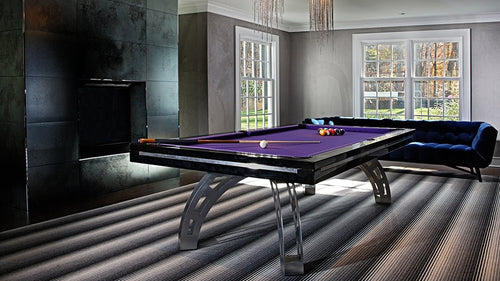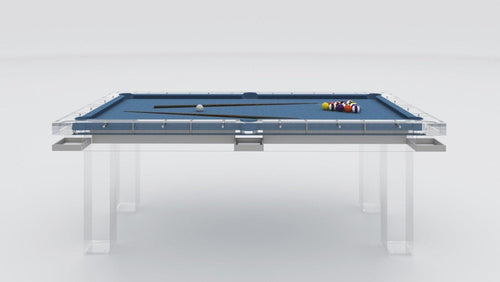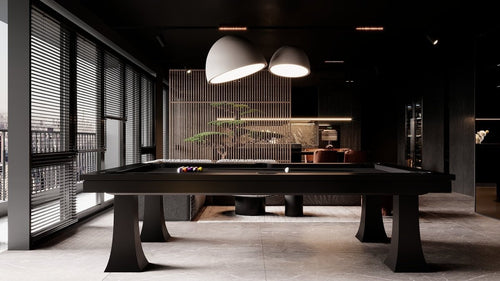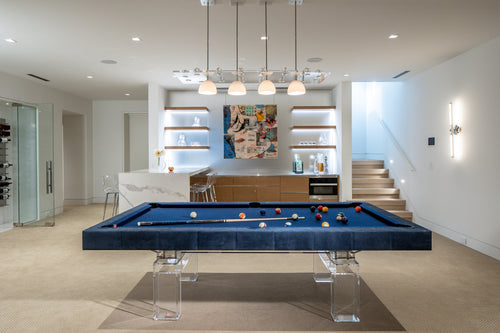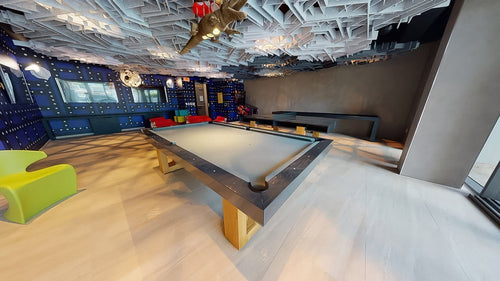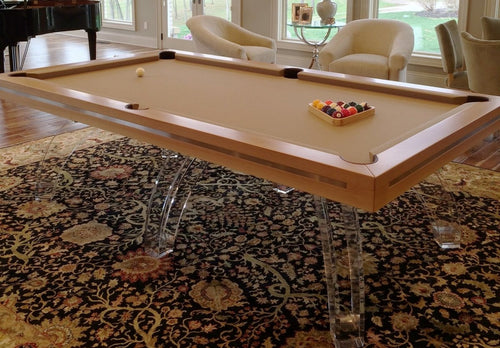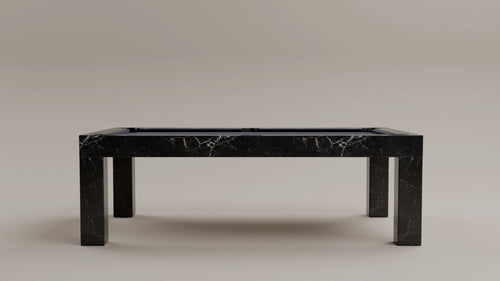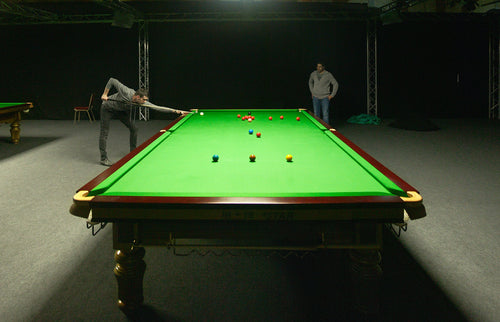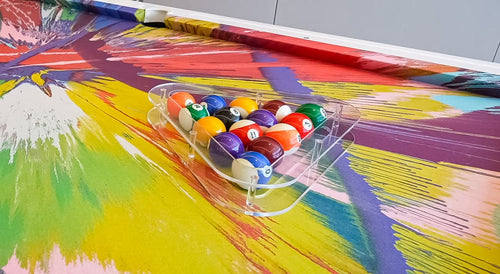Enjoy our modern designs
Estimated Read Time: 5 mins |
Daylighting brings more than just brightness into a room—it delivers a sense of openness, supports well-being, and can help reduce energy consumption. Experts emphasize that effective daylighting relies on thoughtful window design, placement, and orientation. By planning for natural light at the earliest stages of space planning, designers create interiors that feel spacious and connected to the outside world.
Why Daylighting Matters
Psychological and Well-Being Benefits: Studies show that people thrive in sunlit spaces. Beyond making a room appear larger and more welcoming, daylight can boost mood and productivity. Views to the outside provide visual relief and enhance the connection with nature.
Energy Efficiency: With ample natural light, the need for artificial lighting decreases. Strategically placed windows can substantially lower energy costs, especially when paired with treatments or glazing options that regulate heat gain and loss.
Aesthetic and Spatial Quality: Daylight adds depth and dynamism to interiors. As the sun shifts throughout the day, patterns of light and shadow give each space a unique character, subtly altering color perception and accentuating design details.
Case Study: A Bright and Modern Game Room

In this inviting lounge, large windows flood the room with gentle daylight, showcasing both the pool table and the textural elements of the walls and floors. The design aligns seamlessly with expert recommendations.
Window Placement and Glare Control
Floor-to-Ceiling Approach: Maximizing vertical space permits an even, diffused glow throughout the room, avoiding harsh glare or dark corners.
Orientation: Windows facing a lush outdoor view provide a psychological connection to nature, enhancing relaxation and comfort.
Energy and Thermal Benefits
Natural light serves as primary illumination, reducing reliance on artificial fixtures during daytime hours. Well-chosen glazing and drapery help manage solar heat gain, ensuring the space remains both comfortable and energy efficient.
Enhanced Spatial Experience

The interplay of daylight, greenery, and modern design underscores the room’s calm, welcoming atmosphere. As light levels and color perceptions shift naturally throughout the day, the space remains visually dynamic and ever-changing.
Window Design Tips for Designers and Homeowners
- Analyze Orientation: Factor in your site's geographic position to optimize natural light while mitigating glare and overheating.
- Use Quality Glazing: Double- or triple-pane windows with low-e coatings improve insulation and light accuracy.
- Address Glare Early: Integrate shading devices, deep window jambs, or architectural features that diffuse direct sunlight.
- Plan for Views: Design spaces where residents naturally spend time to enjoy the best sightlines outdoors.
- Coordinate with Artificial Lighting: Ensure your lighting scheme complements available daylight instead of competing with it.
Conclusion: Designing with Daylight in Mind
By giving windows the attention they deserve, interior designers can harness daylight’s full potential—providing physical comfort, visual interest, and energy savings. This thoughtful approach transforms a basic room into a bright, inviting sanctuary that feels both spacious and connected to the outdoors.



